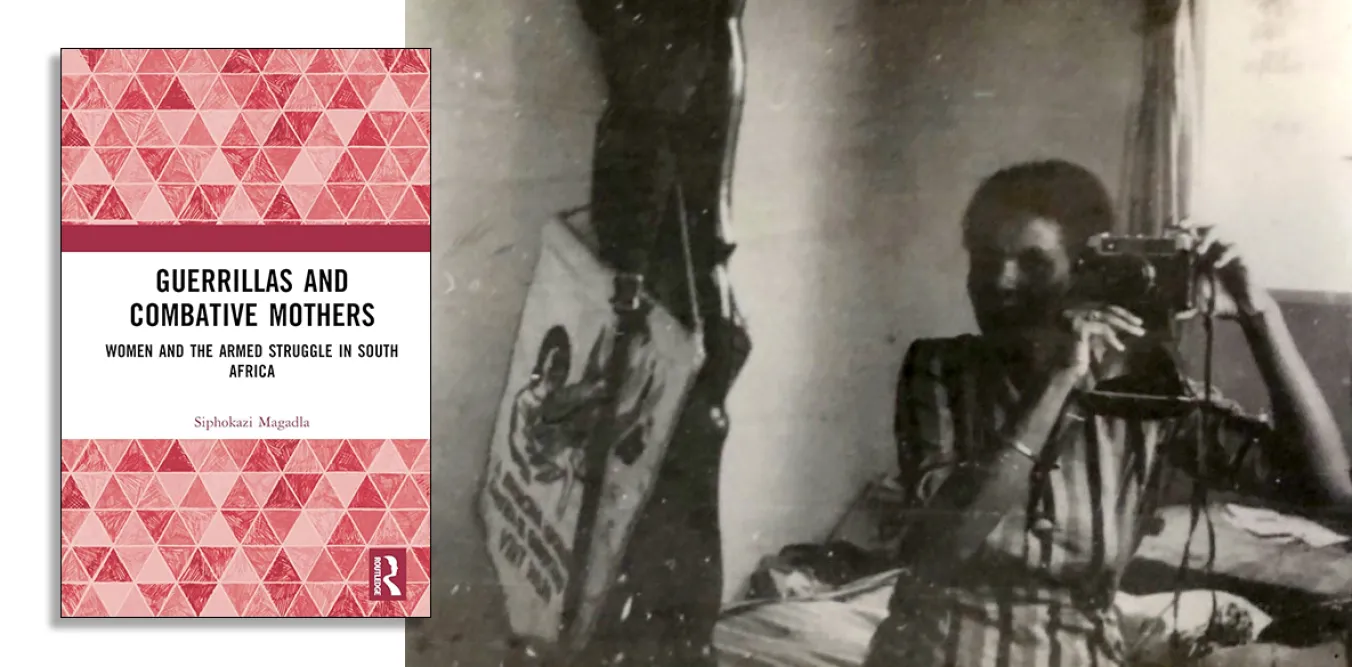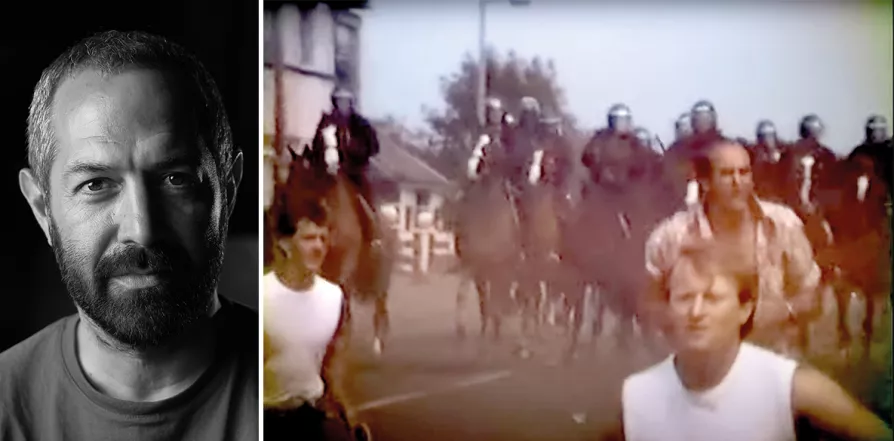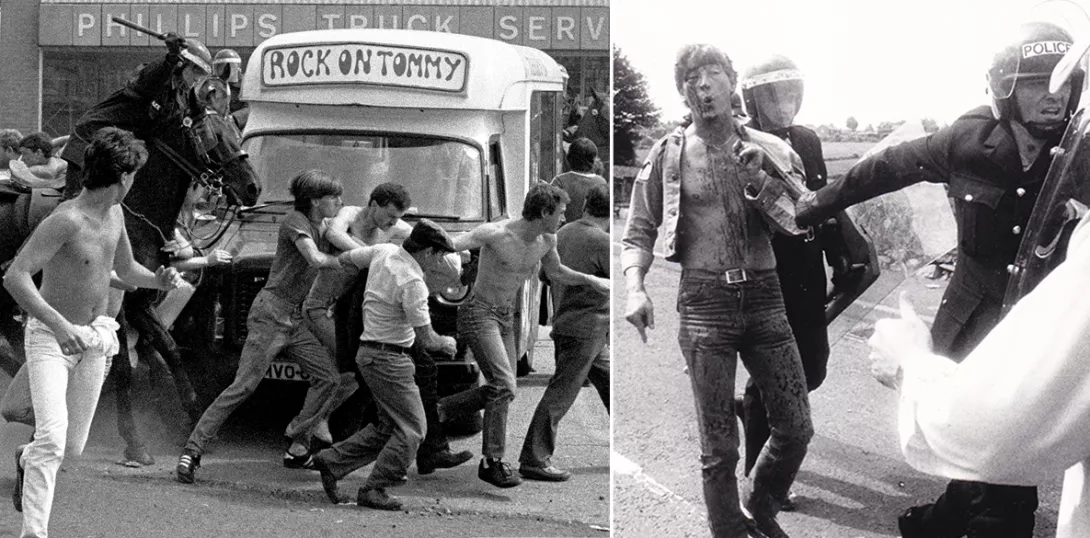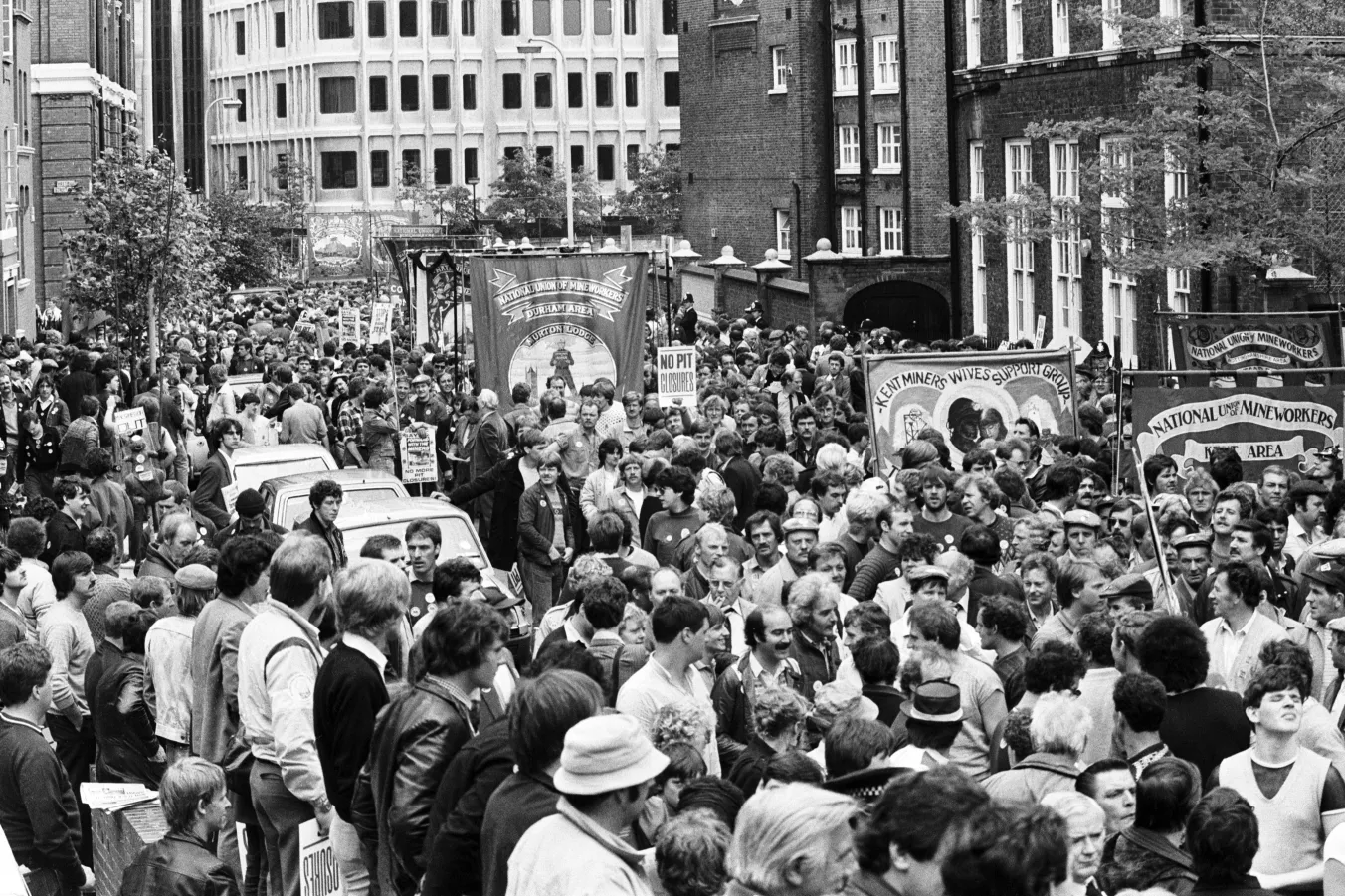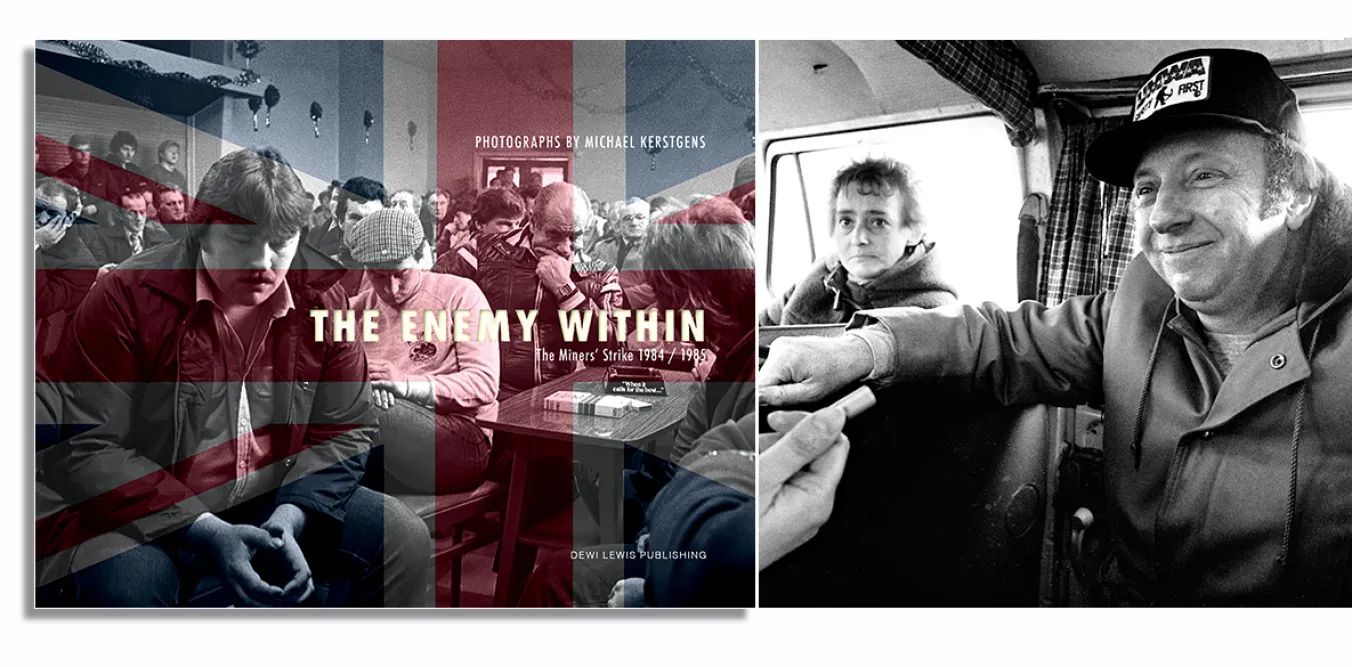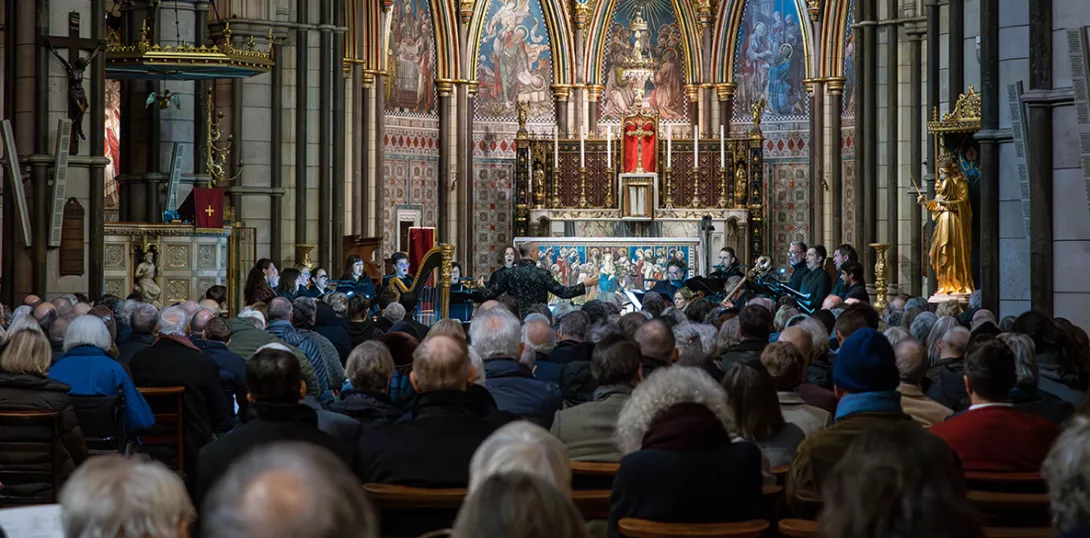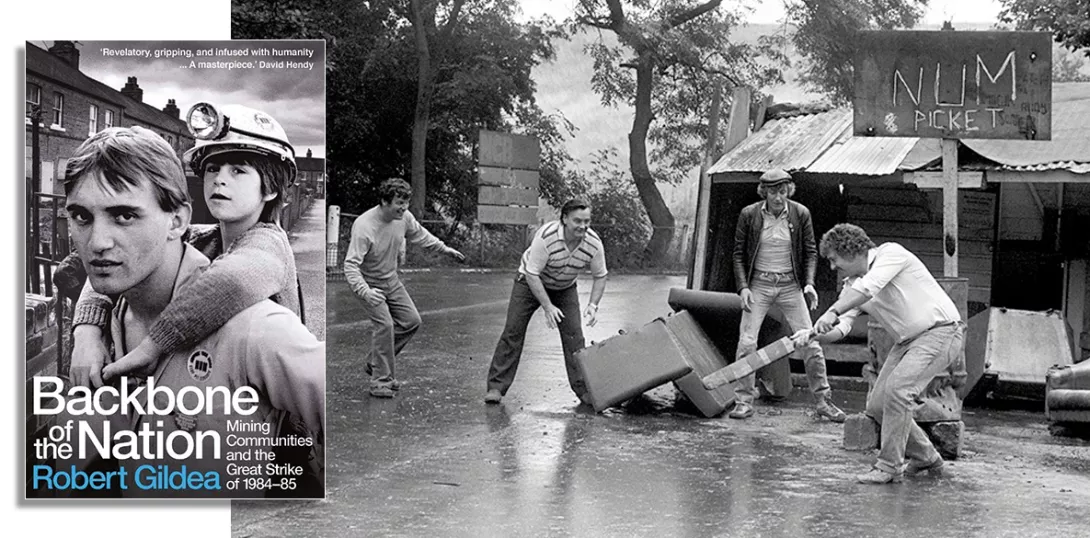
Backbone of the Nation: Mining Communities and the Great Strike of 1984-5
Robert Gildea, Yale University Press, £25
WILLIAM FAULKNER’s oft-quoted observation that “The past is never dead. It isn’t even past” is particularly pertinent when people reflect on the 1984-5 Miners’ Strike.
Those born and raised in former colliery towns and villages continue to live with the social ills borne of the most brutal attack on working people and their culture in modern times. The Thatcher government’s decision to eradicate – in her words – “the enemy within” had consequences that even the most extreme and ruthless members of her cabinet failed to foresee.
In Backbone of the Nation, historian Robert Gildea retells the story from the point of view of those who lived through the strike: miners, their wives, trade unionists, and non-mining supporters such as the activists of the Labour Campaign for Lesbian and Gay Rights. He has recorded the voices of 148 men, women and children who took part in the struggle, using, as he says in his introduction, “the interview as a source for a deeper understanding of the Miners’ Strike from the ‘bottom up’, rather than thinking aloud about theoretical topics dear to oral historians.”
A break from academic chin-stroking is very welcome. Given the routine twisting of the events of the strike by politicians and the commentariat – as when Boris Johnson made the ludicrous claim that Thatcher used 1984-5 to make an early push for decarbonising the economy – it’s heartening to go back to the sources.
The author used previous interviews to find networks of miners, but his material is original, recorded mainly face-to-face between 2019-2021, across six coalfields: South Wales, Leicestershire, Nottinghamshire, Yorkshire, County Durham and Fife. A selection was inevitable, but as the son of a Lancashire miner I was immediately less interested in the book.
It’s also a great pity we’ve had to wait for so long for academia to address the information gap. Many miners who fought in 1984-5 are no longer alive; those aged over forty would now be in their eighties. Miners die young.
The book covers the central cycle from the build-up to action in the late 1970s through the first local pickets, the ferrying in of blacklegs under police guard, the “battle for the ballot” and Orgreave, to the return to work for some, and the dole for others. It gives plenty of space to women’s voices, which have long been key to understanding the strike and its impacts. As Gildea’s witnesses point out, the Miners’ Strike saw the emergence of a working-class feminism sometimes at odds with the middle-class variety.
The accounts glisten with insights. NUM branch delegate Dave Douglass draws parallels between the strike and and the situation in Northern Ireland: “The women and children of the village [of Hatfield, near Doncaster] have had the horrors of occupied Ulster explode on their streets, have felt the sharp edge of uncontrolled brutality and repression charging down their garden paths.”
In a chapter titled Redemption, Welsh miner Hywel Francis reframes the denouement of the strike as something broader than failure: “It didn’t feel like a defeat, because there wasn’t a defeat here. People had not been defeated. They’d held the strike together, and they’d been sustained together, and they learned so much and made new friendships and new alliances. It was very special to them, and it changed people’s lives forever.”
Miners’ children and grandchildren get their own chapter at the end, revealing the long-term social and mental-health impacts but also the powerful political memory shared by later generations.
If the book has a weakness, it’s the simple fact that voices, when transcribed, lose their accents, intonations and timbres, and, to some extent, their vitality. But Backbone of the Nation is a highly readable, engaging and ultimately compelling book, adding to the valuable body of evidence already built by locally focused oral history projects such as the excellent Loss of Face, https://www.youtube.com/watch?v=3EoLKbl8gXY, which can be watched on YouTube.

